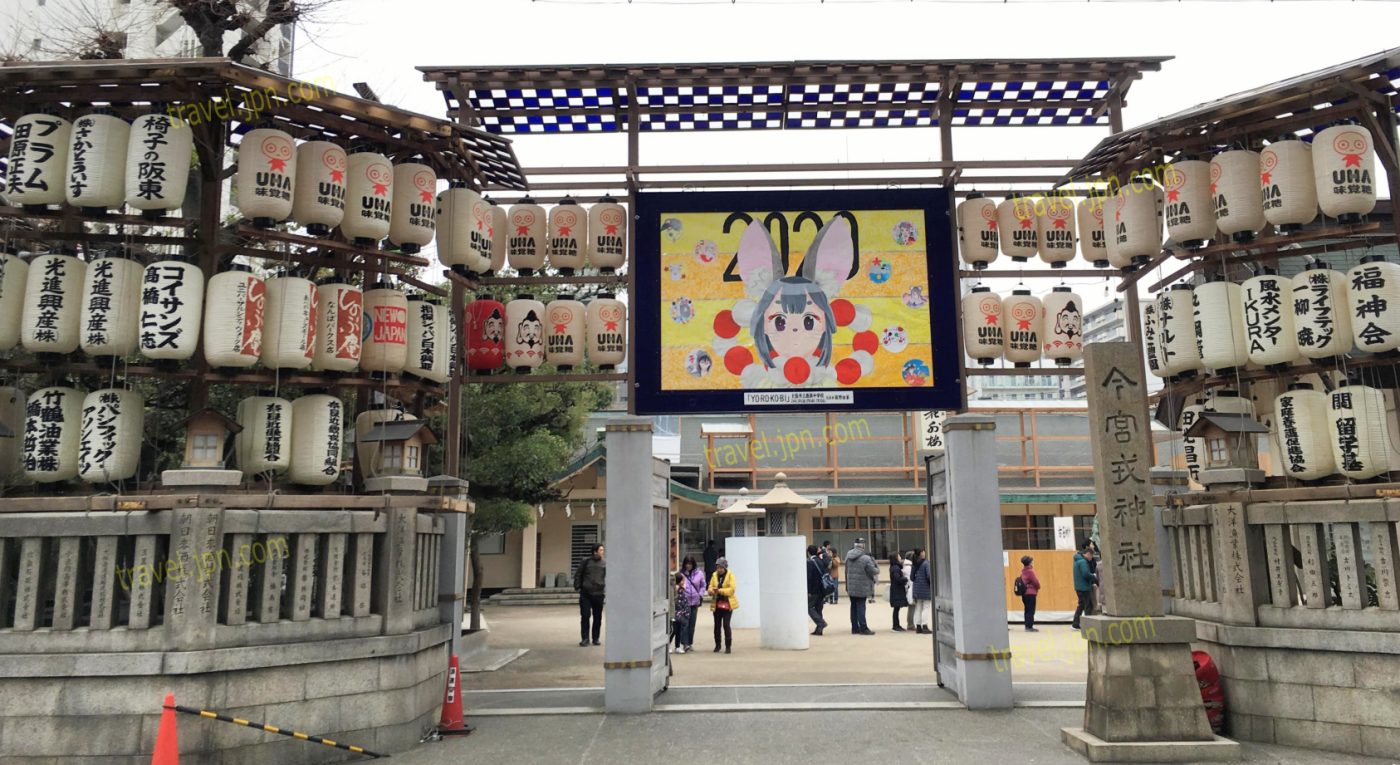No products in the cart.
[Tìm Chợ Cá ở Osaka: Từ Vựng Tiếng Nhật Cần Biết] Osaka, thành phố nhộn nhịp và sôi động, nổi tiếng với văn hóa ẩm thực đa dạng và phong phú. Một trong những trải nghiệm thú vị nhất khi đến Osaka là khám phá các chợ cá sầm uất, nơi bạn có thể tìm […]

